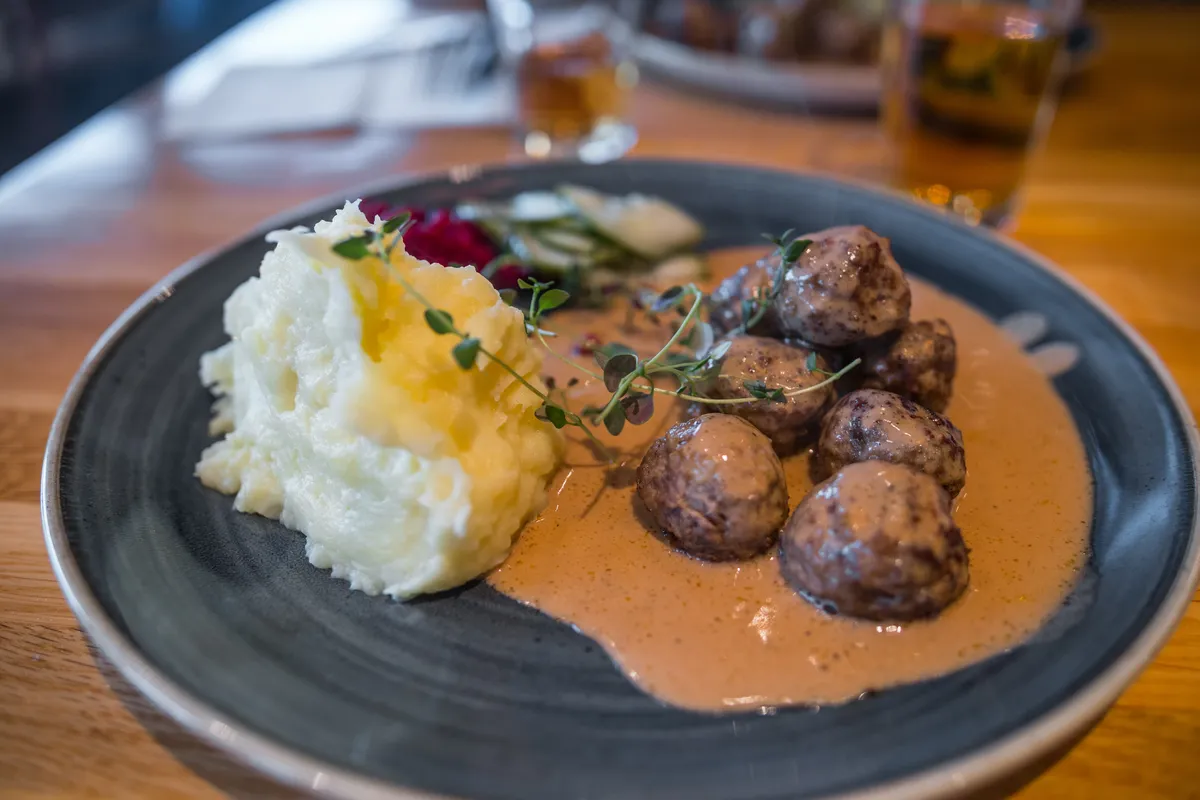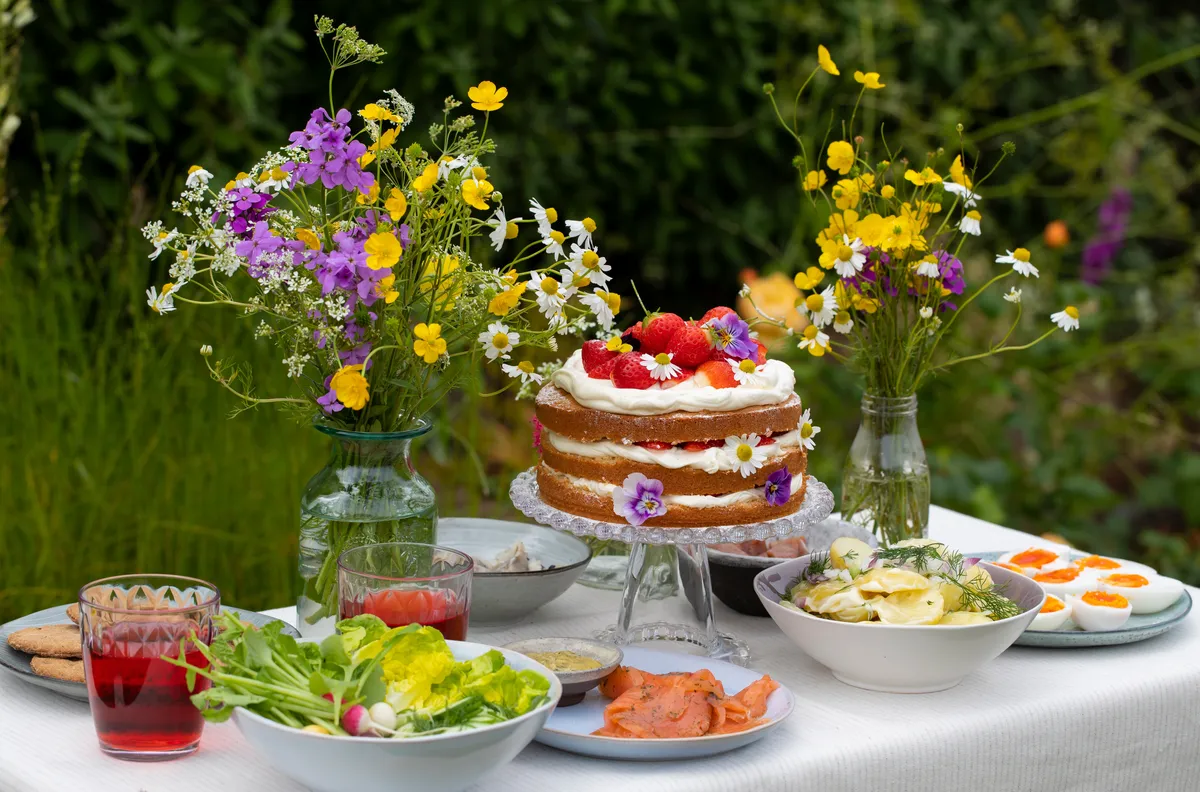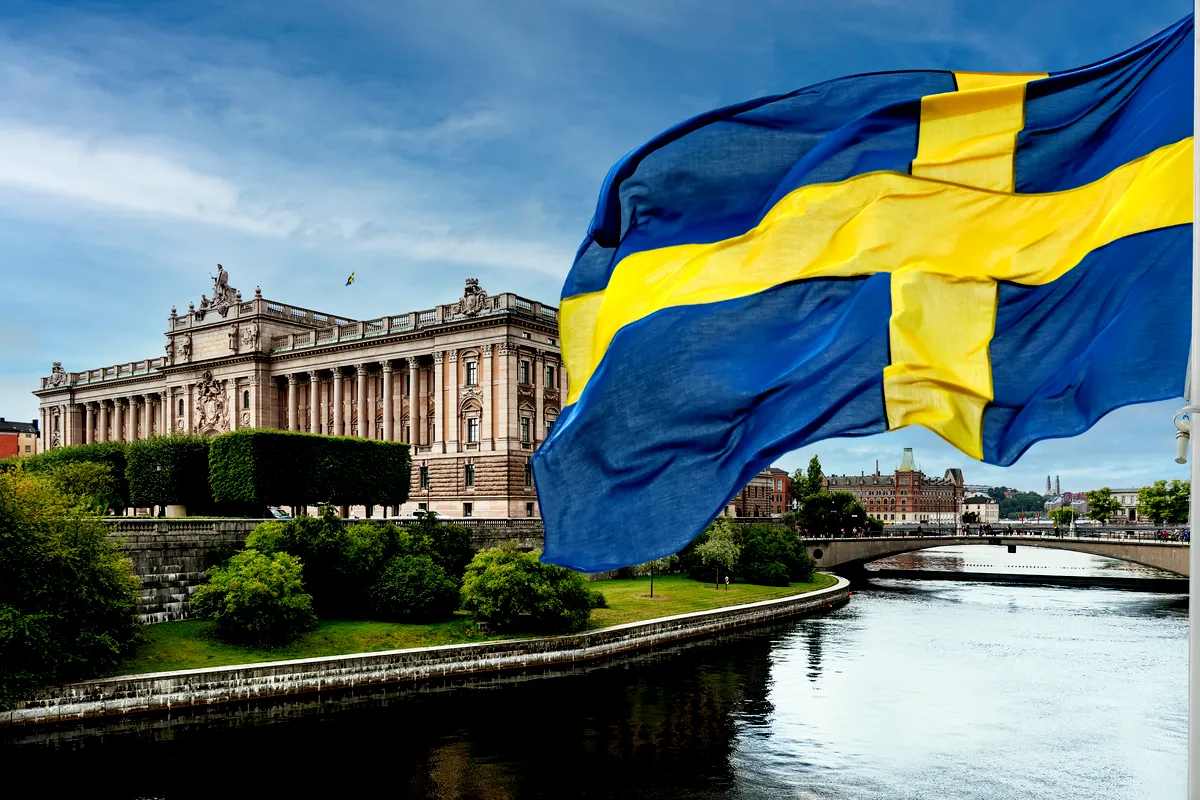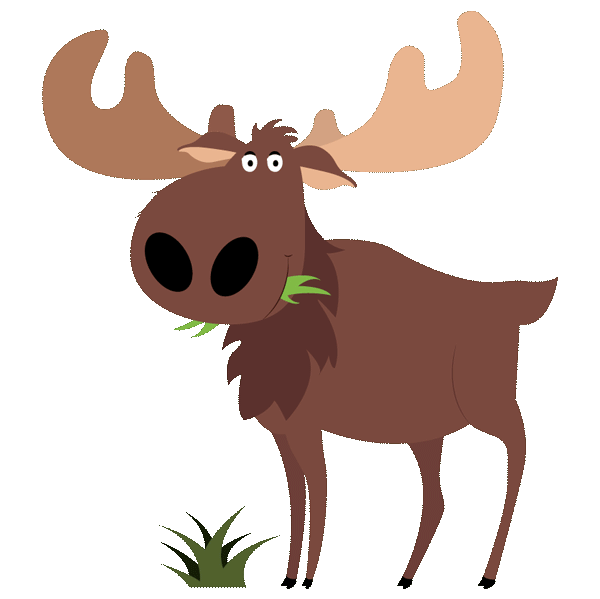Scandinavian cuisine, with its roots deeply embedded in the Viking era, is a testament to the simplicity, freshness, and natural ingredients that define the northern culinary landscape. This cuisine is characterized by its innovative use of local produce, meats, and seafood, reflecting the region's connection to its environment. From the fjords of Norway to the forests of Sweden, the culinary traditions of Scandinavia are as diverse as they are flavorful.
What is Scandinavian Food?
Scandinavian food is a harmonious blend of traditional and modern culinary practices, emphasizing the purity and simplicity of its ingredients. It encompasses a variety of dishes that utilize local resources such as fish, potatoes, dairy products, and berries. Traditional Scandinavian dishes are often designed to sustain through the harsh winters, showcasing the region's ingenuity in preserving food.
Traditional Scandinavian Dishes
Kanelbüllar
In Sweden, the cinnamon and cardamom-flavored kanelbüllar is a staple at fika, the traditional Swedish coffee break. Celebrated annually on October 4th, this sweet treat symbolizes the Swedish tradition of enjoying good food and company.

Gravlax Salmon
A delicacy across Scandinavia, gravlax is a method of curing salmon with salt, sugar, and dill, served thinly sliced with a mustard sauce known as hovmästersås. This dish exemplifies the Scandinavian knack for preserving seafood.

Köttbullar
Swedish meatballs, known as köttbullar, are iconic within Scandinavian cuisine. Served with mashed potatoes, lingonberry jam, and cucumbers, they represent the comfort and warmth of Nordic home cooking.

Smørrebrød
Denmark's contribution to the Scandinavian table, smørrebrød, is an open-faced sandwich that combines dense rye bread with various toppings, from herring to liver pâté, showcasing the Danish flair for combining flavors and textures.

Popular Scandinavian Food
- Herring: A versatile fish that's enjoyed pickled, smoked, or fermented, herring is a cornerstone of Scandinavian cuisine, reflecting the region's strong ties to its maritime environment.
- Rye Bread: Dense and flavorful, rye bread is a staple across Scandinavia, serving as the base for many traditional dishes, including the Danish smørrebrød.
- Berries: Wild berries, such as lingonberries and cloudberries, are widely used in Scandinavian cooking, adding a touch of sweetness to both savory dishes and desserts.
What Do Scandinavians Eat for Lunch?
Lunch in Scandinavia often consists of light yet satisfying dishes. Smørrebrød in Denmark, a variety of fish dishes in Sweden and Norway, and hearty soups in Finland are common. The emphasis is on fresh, local ingredients, making lunch a delightful showcase of Scandinavian flavors.

The Three Main Cuisines of Scandinavia
- Danish Cuisine: Known for its pastries, smørrebrød, and hearty meat dishes, Danish cuisine combines traditional techniques with modern flavors.
- Swedish Cuisine: Famous for its meatballs, herring, and innovative use of dairy products, Swedish food is both comforting and diverse.
- Norwegian Cuisine: Focused on seafood, game, and foraged foods, Norwegian dishes reflect the country's rugged terrain and coastal bounty.
The Rich History of Traditional Scandinavian Food
Scandinavian cuisine's evolution from Viking-age staples to modern Nordic gastronomy is a journey through time. The harsh climates and limited agricultural resources of the region have shaped a cuisine that is both resourceful and innovative. Today, Scandinavian chefs continue to push culinary boundaries, earning global recognition for their commitment to sustainability, quality, and flavor.
Scandinavian cuisine offers a unique culinary experience that is deeply rooted in history, culture, and a profound respect for nature. Whether you're exploring the vibrant food scene of Copenhagen or enjoying the traditional dishes of the Nordic countryside, the flavors of Scandinavia are sure to leave a lasting impression.
People Also Ask
What is a traditional Scandinavian food?
Traditional Scandinavian food often revolves around ingredients like fish, potatoes, dairy, and whole grains, with dishes such as gravlax, meatballs, and rye bread being quintessential examples.
What are the three main cuisines of Scandinavia?
The three main cuisines of Scandinavia are Danish, Swedish, and Norwegian, each with its unique flavors and dishes that reflect the geographical and cultural diversity of the region.
What are the most popular foods in Scandinavia?
Popular foods in Scandinavia include salmon, meatballs, herring, and the wide array of bread and dairy products, showcasing the region's rich culinary heritage.
What do Scandinavians eat for lunch?
Scandinavians typically enjoy a light lunch that might include open-faced sandwiches, salads, or seafood dishes, emphasizing fresh, local ingredients.


 By
By








